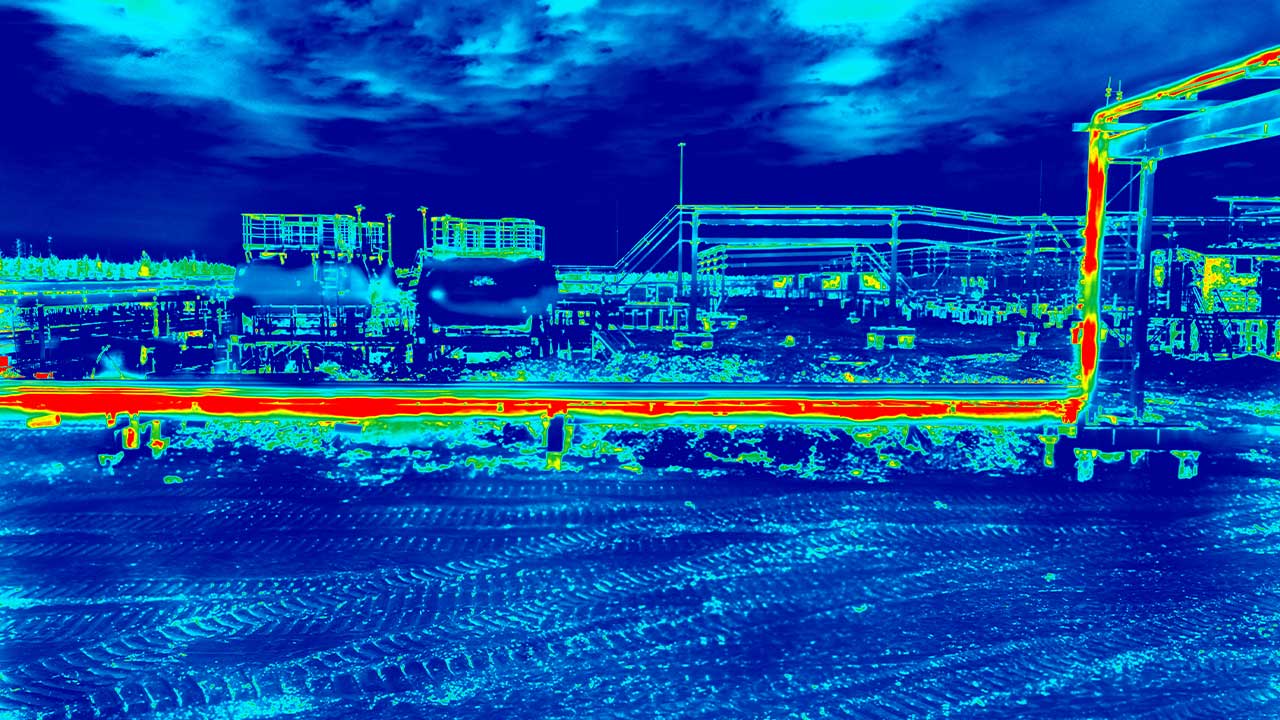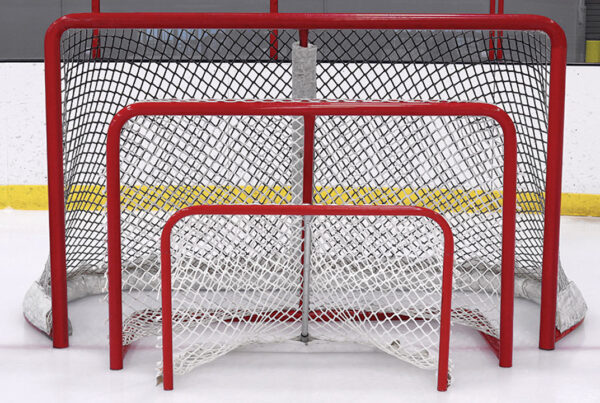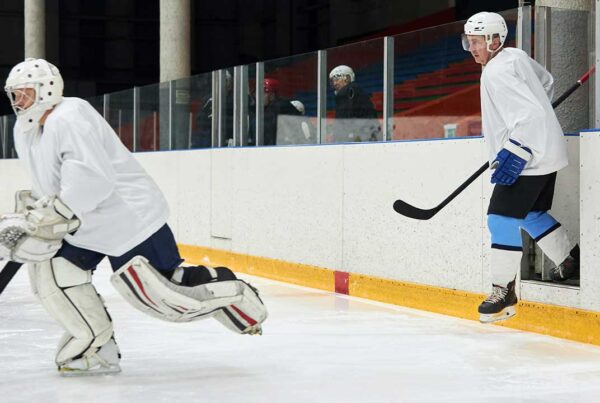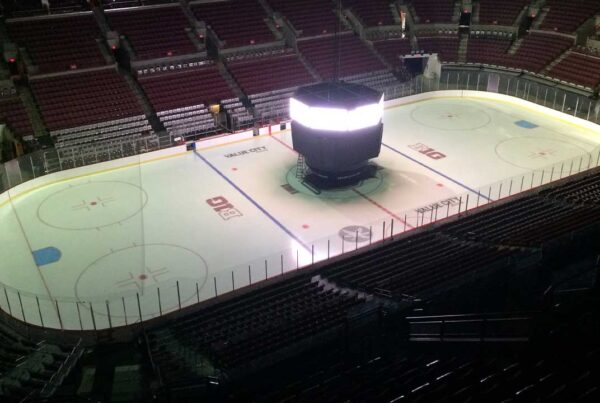Arena Ice Maintenance Costs Mounting Up? Learn How to Keep Your Cool…
Small adjustments to arena ice maintenance can reduce running costs and increase ice quality significantly. In this article, we’ll be looking at some of the best ways to improve an arena’s energy efficiency.
Benefits of Arena Ice Maintenance
- Energy costs savings
- Energy-efficient lighting
- Prevention of health hazards
- Improved temperature maintenance
- Low CO2 emissions
Paint the Ice with a Thermally Conductive Paint
Slabs that have dark colors tend to absorb heat easier than light-toned surfaces, which increases the melting rate of ice as well as refrigeration costs. Painting the ice white will reflect radiant heat waves away from the surface and keep the ice at optimal temperature for longer.
The light reflection from the white surface will also contribute to the arena’s illumination and reduce the need for energy-intensive lighting.
Use thermally conductive paint with a formula for ice surfaces, as it prevents heat from radiating through the ice. Painting ice with a reflective and thermally conductive paint can reduce a refrigerant load by up to 15%.
Use a Snow Melt Pit Inside the Arena
It is common practice for arenas to take the scraped ice from the surface outside where it can melt. The rink operator must open the doors to remove the ice, which allows heat and humidity into the rink. Because of the heat increase, the refrigerators have to work harder.
Some arenas use hot water to melt the ice. Over time, the cost of water heating can accumulate to a significant amount.
The most effective way to deal with ice after a resurfacing is to use an indoor snow melt pit. By throwing ice shavings into the melting pit, the arena doesn’t have to open its outside doors, and the health risks to rink operators are lower.
Adjust Ice Temperatures According to Usage
One set-and-forget ice temperature can result in an unnecessary refrigeration load. An effective arena ice maintenance policy is to adjust slab temperatures according to the need.
During downtimes, the most efficient temperature ranges from 22°F to 24°F (– 4°C.) During games, the ideal temperature ranges from 18°F -20°F (– 7°C.) The suitable temperature for each setting depends on various factors, including:
- The arena’s location
- Outside temperatures
- Number of spectators
- Bleacher heating settings
The rink operator should select the ideal temperature for games, which may fall outside the typical ranges. Lower temperatures can result in friction because of excessive frost formation, and higher temperatures can cause blades to cut too deep into the ice.
Switch to Electric Resurfacers
When purchasing new ice resurfacers, most arenas select ones that are powered by propane or natural gas. Electric resurfacers are typically more expensive than gas-powered ones. However, they operate more affordably over the long run.
The annual electricity cost of a resurfacer is approximately $1,000, while the yearly running costs of a gas model is around $5,000.
Another advantage that electric resurfacers have over gas models is that they don’t emit harmful gasses like carbon monoxide and nitrogen dioxide. Lowering indoor pollution is a crucial activity of arena ice maintenance. Switching to an electric resurfacer will go a long way to achieve this goal.
Clean Rink for Slab Before Ice Installation
The entire ice surface has to bond with the slab to ensure that it freezes thoroughly. If there is oil or dirt on the slab, the ice surface will not freeze throughout, and the load on the refrigeration system will be higher.
Cleaning the slab surface thoroughly before installing the ice layer is crucial to ensure optimal heat transfer. As a result, the ice will freeze uniformly, and there will be no energy wastage. If the slab is free from impurities, the entire ice surface will also freeze at a higher temperature.
Install Fast-opening Loading Doors
An ice surface and its cooling system use the same mechanism as a refrigerator. Keep dasher boards, and outside doors closed as part of arena ice maintenance. When there is an opening to the outside, heat and moisture can enter the arena, and refrigerators will work harder to maintain the ice temperatures.
The heat that enters the arena can also soften the ice surface, which puts an additional load on refrigerating systems.
One of the most effective solutions to prevent heat entering the arena is installing fast-opening loading doors. This solution also limits the cold air that escapes the building while the doors open and close. As a result, the rink operator doesn’t have to set lower temperatures.






